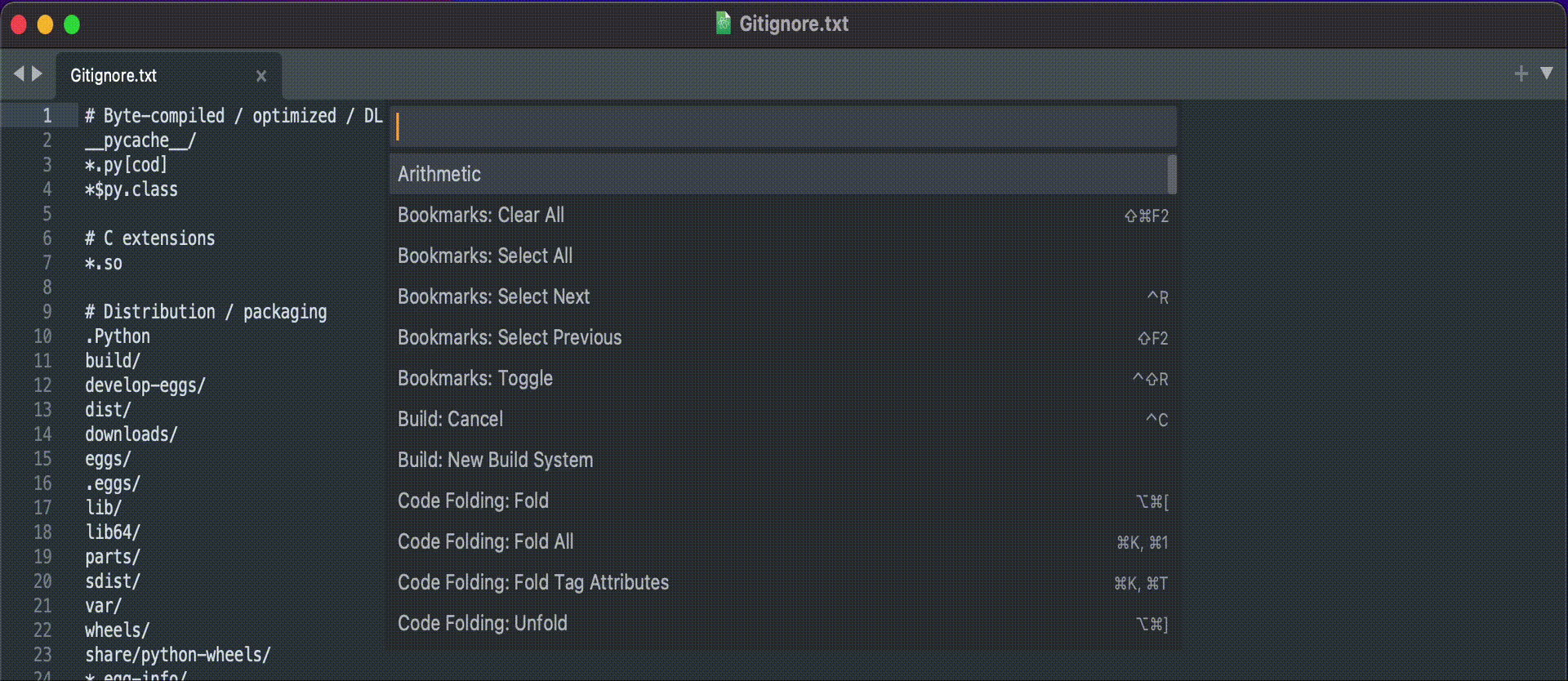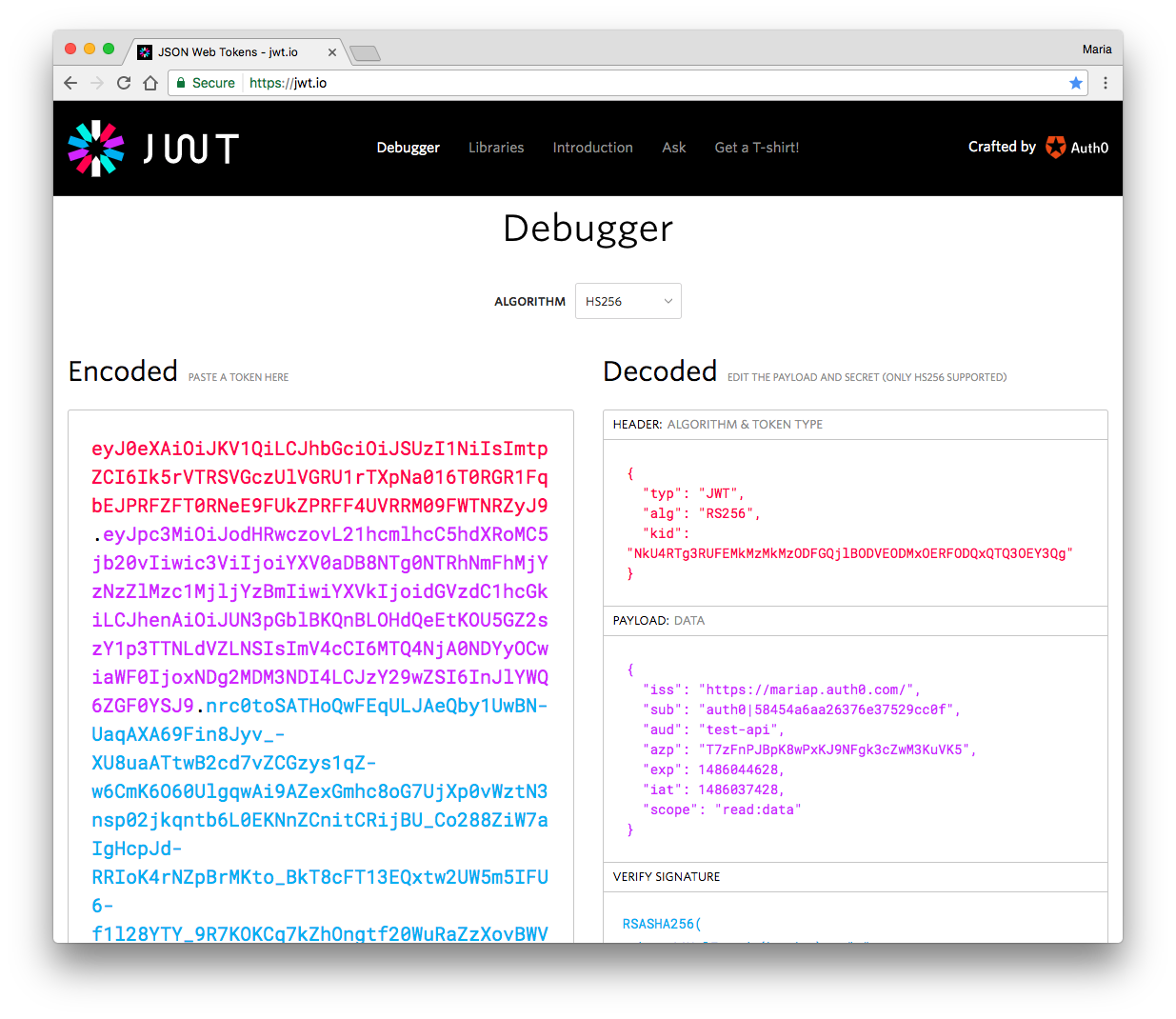

I'll explain more about what this is in the next section, but for now, if you'd like to follow the tutorial, you'll need to have an RSA key pair. To sign your tokens with an asymmetric algorithm like RS256, you'll need a public/private key pair. On this documentation page, you can find a list of all the ways you can activate an environment to see a way for activating the environment that works best for your OS in there. Note that the command for activating your environment will vary according to your operating system (OS).

#Jwt decode install#
envĪnd after the environment gets created, I can activate it and install the latest version of pip: source. The way I like to do this is using the following commands: mkdir jwts-in-pythonĪfter that, I usually create an environment named. To create an environment, you must create and navigate to your working folder. I'm also going to use iPython, an interactive alternative Python console, to run my examples, but feel free to choose whichever interface or Python console you prefer.
#Jwt decode how to#
Check out how to install it in the "Installing Requirements" section PyJWT with the cryptography dependency installed.A Python environment activated, if you already know how to create your own environment, you can skip ahead to the "Installing Requirements" section.Python 3.6 or higher, I'm using Python 3.8.To follow along with the steps I'm going to cover, you'll need: In the rest of this article, you'll learn the ins and outs of JSON Web Tokens by creating, signing, verifying, and decoding your very own JWT. While it's nice to read definitions and explanations, it's sometimes more beneficial to actually see how something works.
#Jwt decode for free#
If you want to know more about JWTs, you should check this page that talks about JSON web tokens in a very practical way, or if you want a more in-depth resource, I recommend the "JWT Handbook" available for free in the link below. In the RFC7519, you'll also find the description of what each claim means. The signature itself is based on the header and payload, in combination with a secret, or private/public key pair, depending on the algorithm.Ĭlaims follow the standard key-value pairing that you see in dictionaries and JSON objects, and most of the claims commonly used in JWTs have a standardized naming defined in the JWT specification (RFC7519). The final part is the signature, and it helps you ensure that a given token wasn't tampered with because signing JWTs requires either a secret or a public/private key pair agreed on previously. In a login scenario, this would be information about the user.


The header and payload both have what we call claims, they are statements about an entity and all additional data that needs to be passed in the request: They are defined as a 3 part structure consisting of a header, a payload, and a signature. JSON Web Tokens are a very compact way to carry information.


 0 kommentar(er)
0 kommentar(er)
